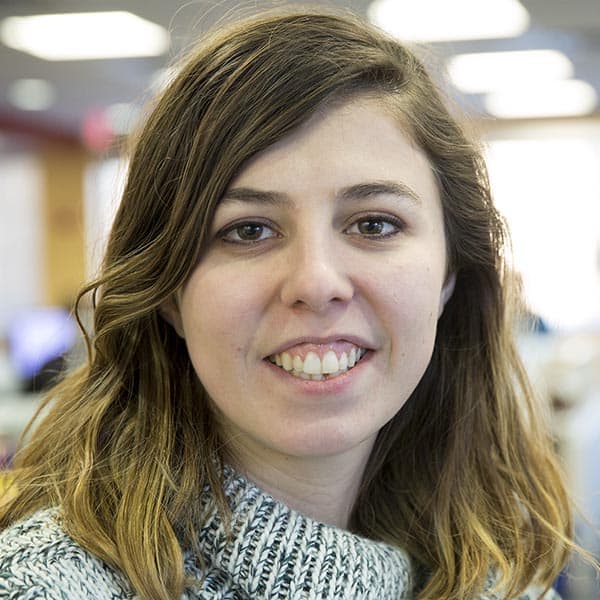Advertisement
'The Cave' Documentary Gives On The Ground Look At Syria's Civil War
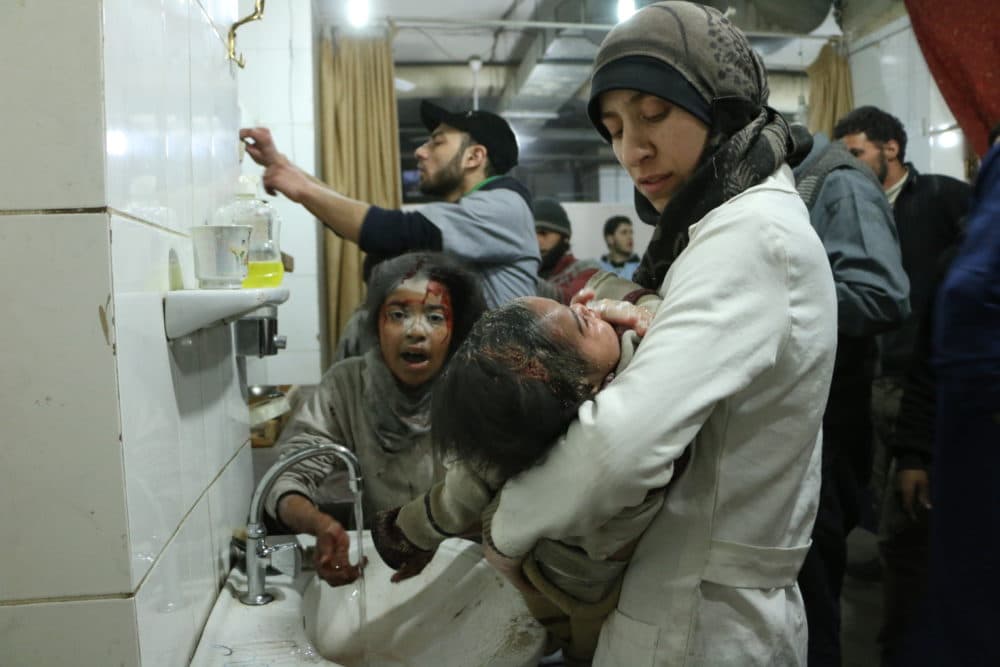
The Turkish government is threatening to restart its military incursion into Syria after agreeing to a temporary ceasefire this week. The back and forth marks the latest chapter in the country’s long civil war.
In 2018, Syrian President Bashar al-Assad launched a relentless bombing campaign against an enclave of anti-government fighters in the area of Eastern Ghouta outside of Damascus. Assad is also accused of dropping chemical weapons on his own civilians.
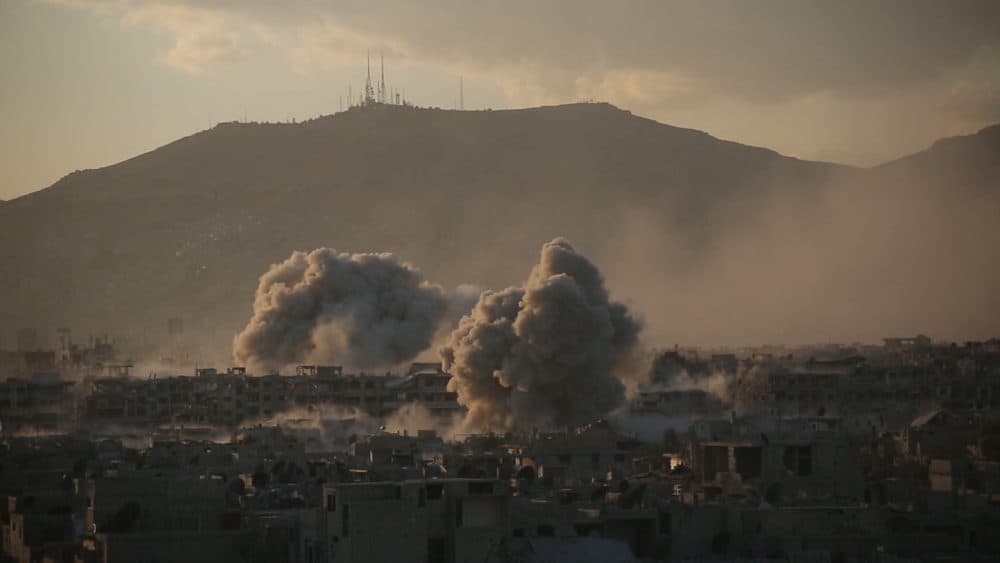
A new National Geographic documentary called “The Cave” tells the story of the doctors and nurses who were attacked while working in an underground hospital in Eastern Ghouta. It’s the latest work from Syrian filmmaker Feras Fayyad, who was nominated for an Academy Award for his 2017 documentary, “Last Men In Aleppo.”
The hospital, called the cave, moved underground along with the rest of daily life in Eastern Ghouta because it was too dangerous to be above ground, Fayyad says.
“In 2013, the Syrian Medical Society starts to move the whole hospital underground because … Russian and the Syrian regime warplanes that start to attack the hospital facilities. And there's no way out,” he says. “The cave is not just a hospital. It's a space for refugees, space for people who were living there.”
The heroes of the film are the hospital staff, especially the woman who runs it, Amani Ballour, a pediatrician. Amani was “no ordinary doctor” because not only did she save lives, Fayyad says, but also she gave young girls who “never have opportunities” space for their voices to be heard.
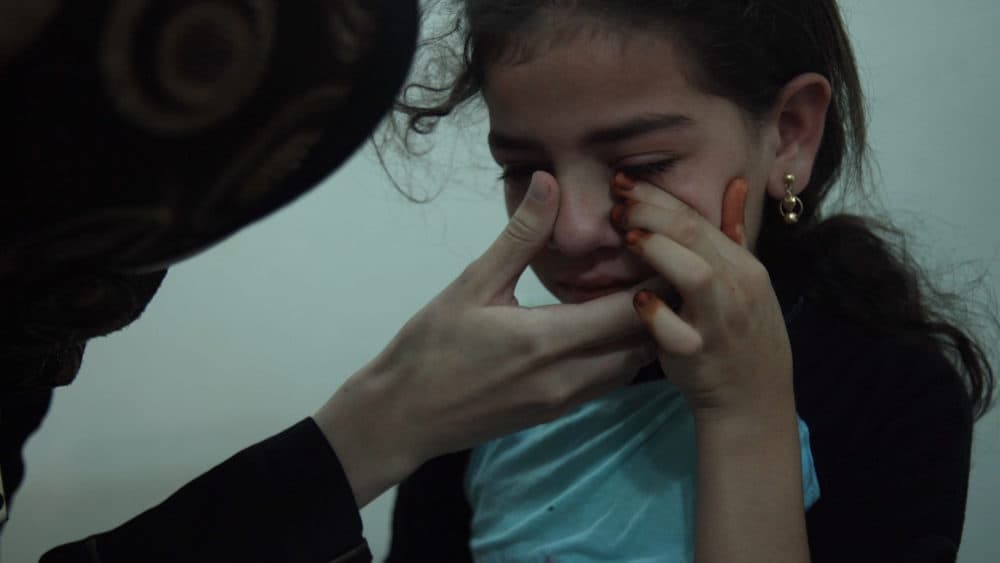
“Through storytelling, the children have the space to speak,” he says. “The little girls, especially, have the space just to speak.”
Amani worked tirelessly to challenge societal norms amid horrible conditions, Fayyad says. They had very little medicine, no anesthesia for operations, very little food, unreliable power and then on top of all that, they had to brave daily bombings by Russian warplanes.
Fayyad compares the sound of the bombings to dragons breathing fire in HBO’s “Game of Thrones.”
In the documentary, “we try exactly to bring the sound of the Russian warplane, the sound of the bomb that could shock you in your chair because this is what's happening for the people and they have to face it every day,” he says.
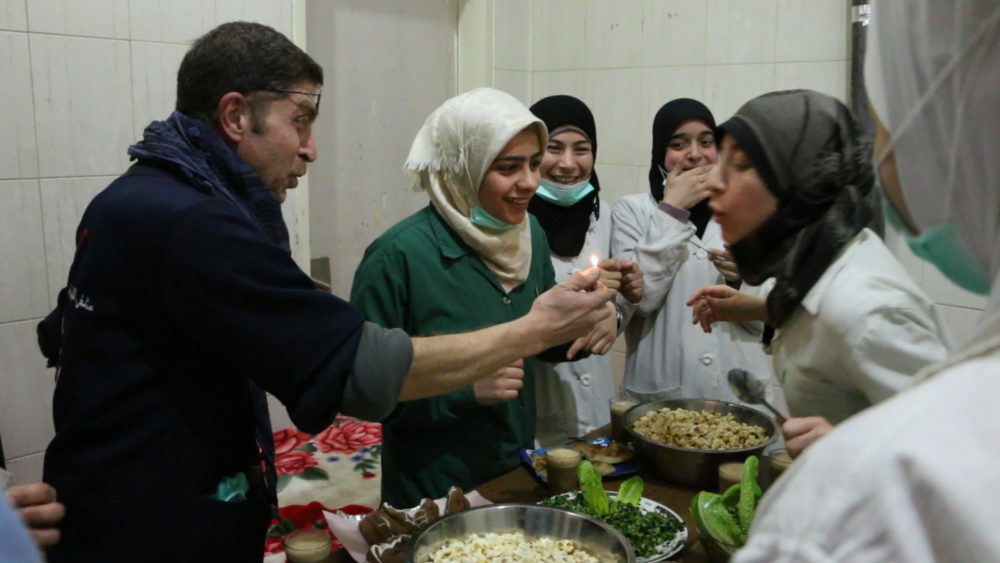
Fayyad grew up in Syria under the threat of war, and he was even imprisoned and tortured until he was “close to death” by the Assad regime for his work on a documentary about young people fighting for democracy in Syria.
“The torture system in Syria, it's very close to the torture system in the time of Stalin ... [and] was inspired by that style, as well in North Korea … to torture the people and silence the filmmakers, artists, the journalism. That's why we lose the freedom of expression,” Fayyad says. “I lost almost all my friends because of this war.”
The climax of the film happens in 2018, during what appears to be a chemical attack on Eastern Ghouta by the Syrian government, which has denied using any illegal chemical weapons during the civil war.
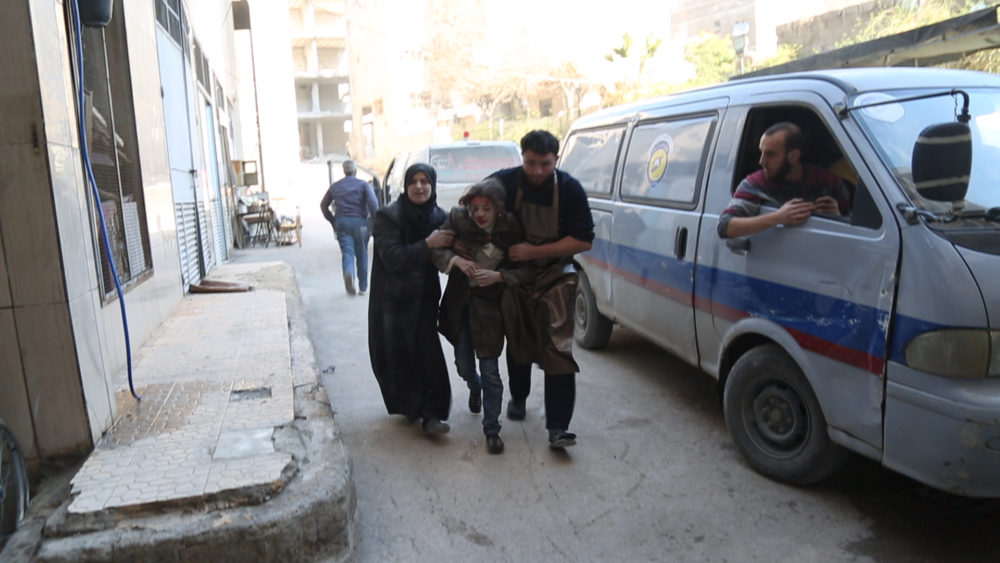
But Fayyad captures the attack pretty clearly, and he says it’s hard to deny that chemical weapons were used.
“We documented around 10 hours, 12 hours of chemical attacks that happened in 2018. Also, we documented the 2013 chemical attacks,” he says.
After the attack, the hospital in Eastern Ghouta was forced to evacuate and it was taken over by Russian and Syrian forces. Fayyad says he fled with Amani to northern Syria, where she worked in another cave hospital, and then to Turkey.
“She’s not safe,” Fayyad says.
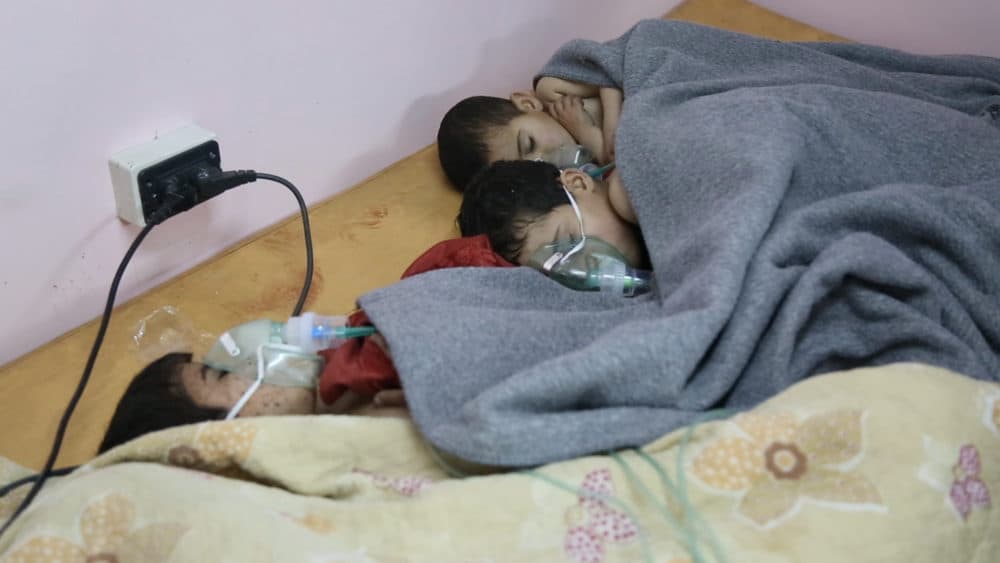
Now, Turkey has agreed to a temporary ceasefire in its incursion to expel the Kurds from northern Syria — but is threatening to restart attacks. U.S. troops have withdrawn from the area, and Russian forces are taking advantage of the power vacuum.
Despite all of this, Fayyad says he’s hopeful.
“This is what makes me like survive and this is what makes me make this movie,” he says. “My mission is to bring the stories around this war to get more attention and more empathy with [impacted] people, more [understanding] and more hope for myself and for the people around.”
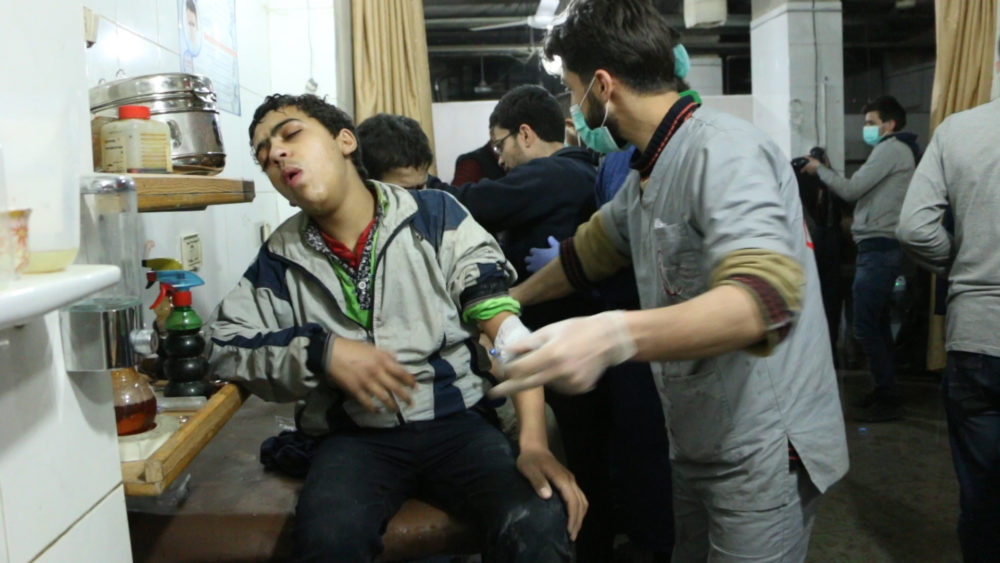
Tinku Ray produced and edited this interview for broadcast with Todd Mundt. Samantha Raphelson adapted it for the web.
This segment aired on October 18, 2019.


